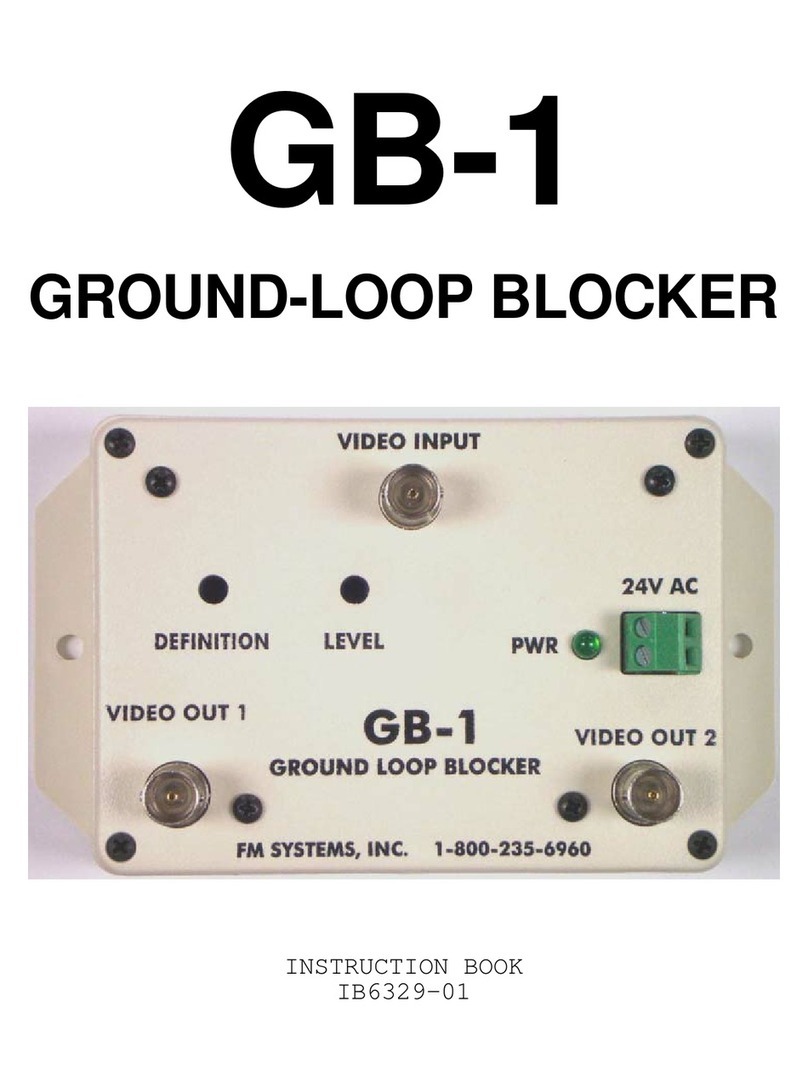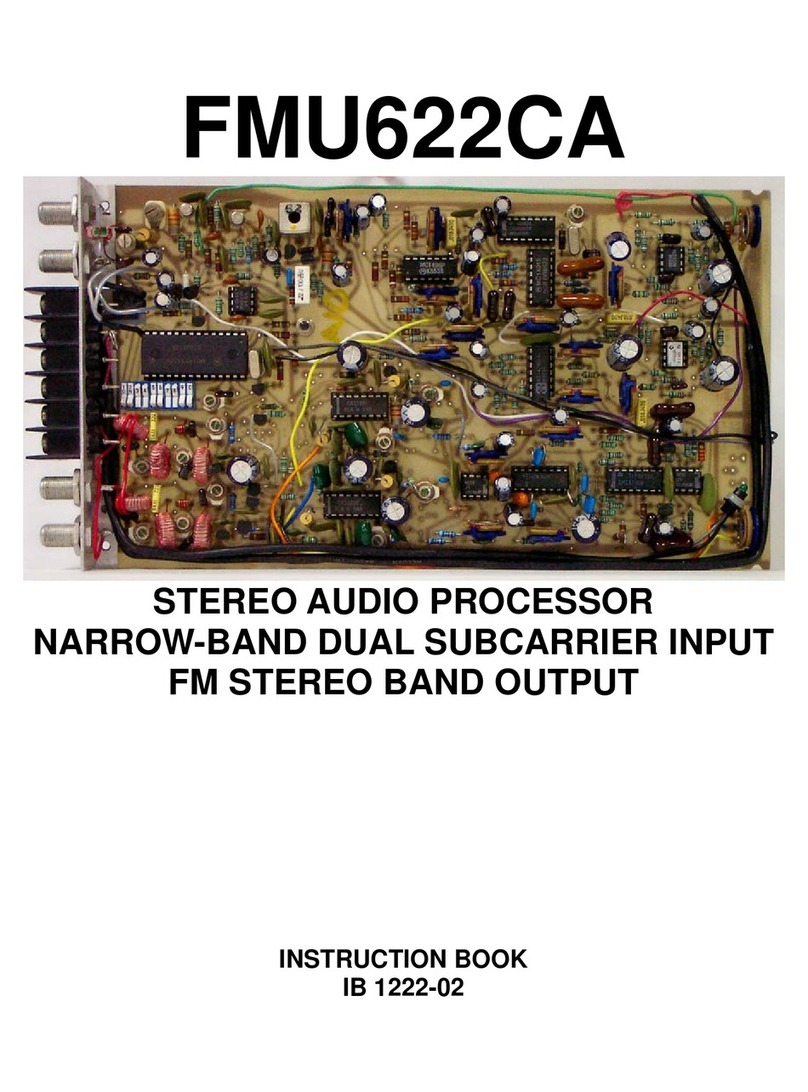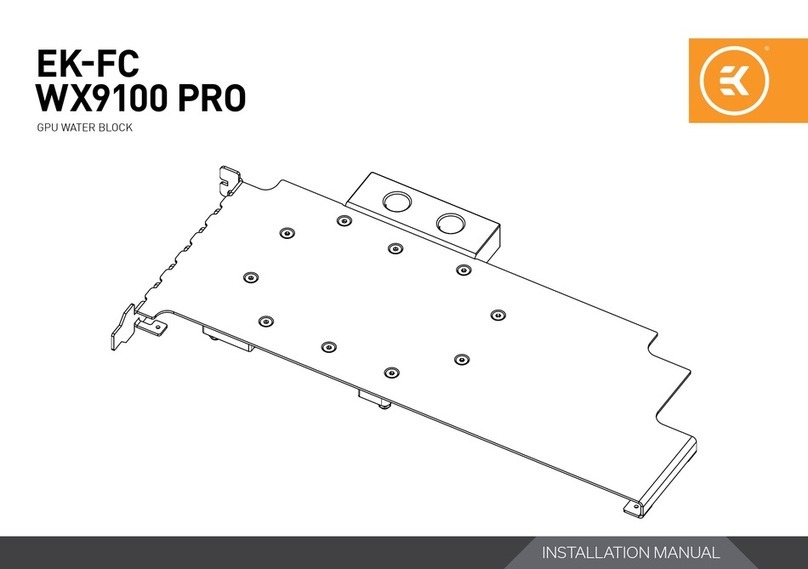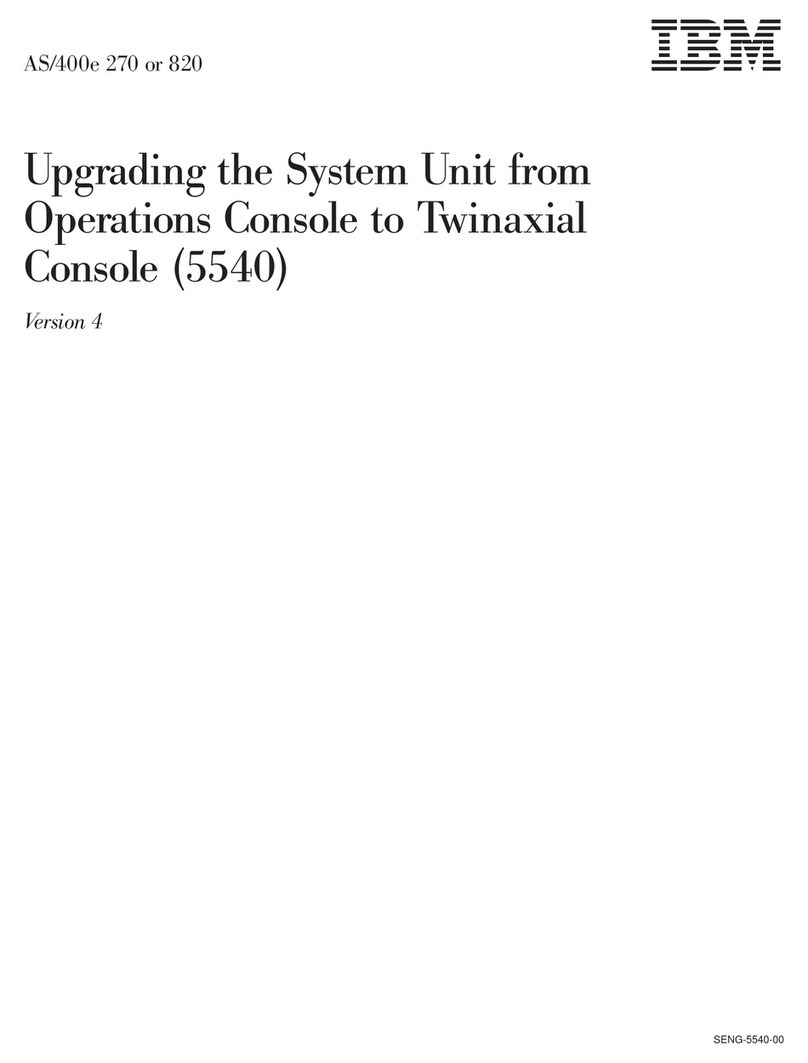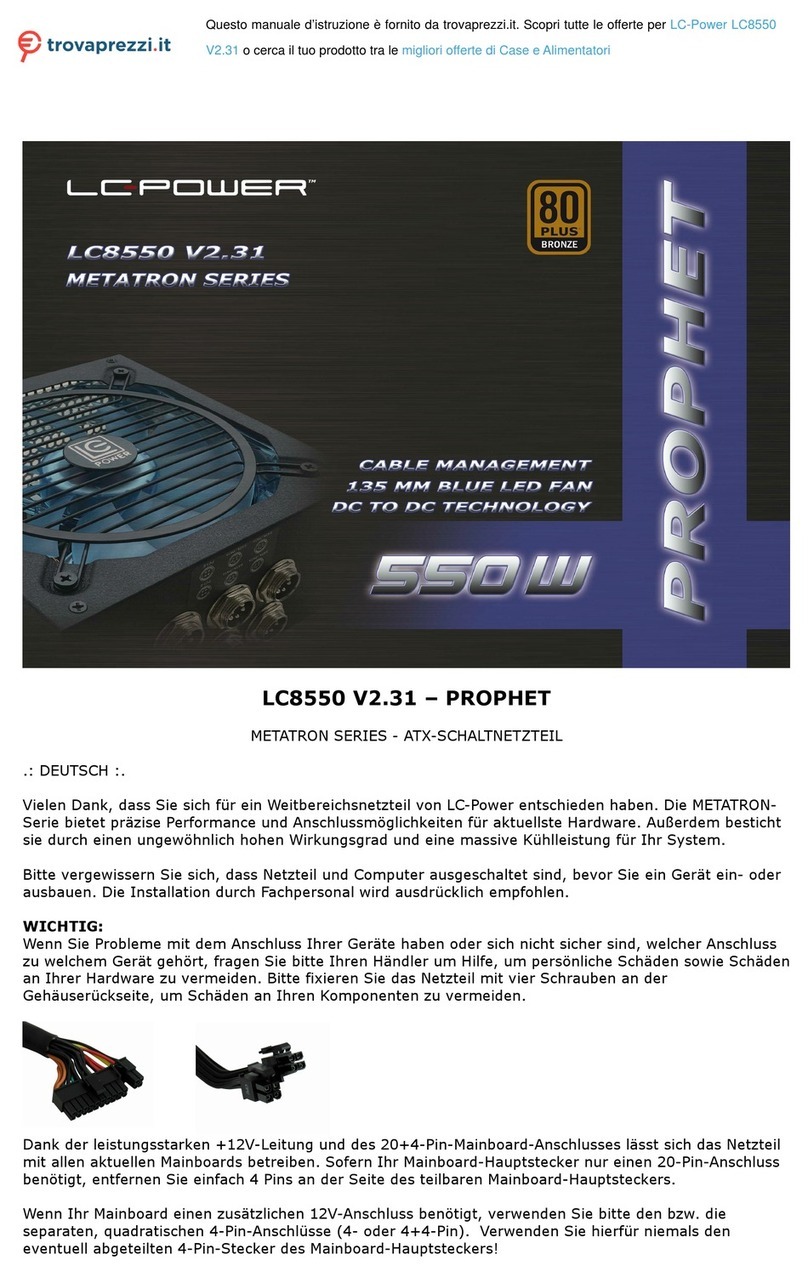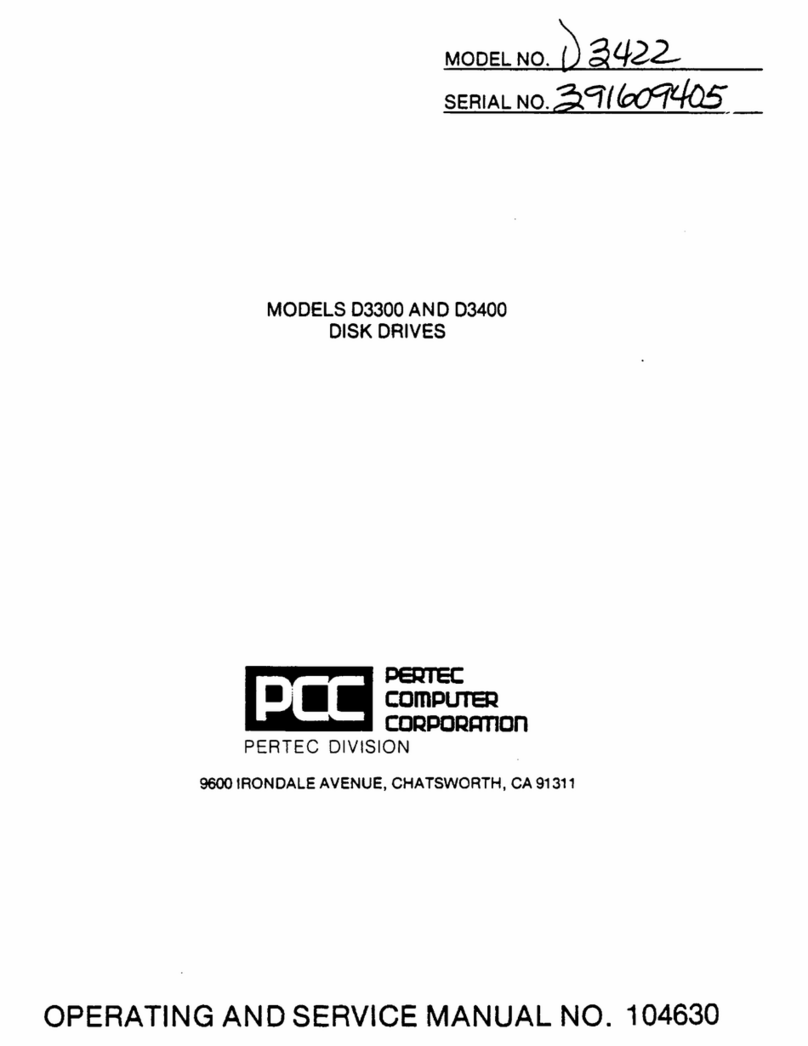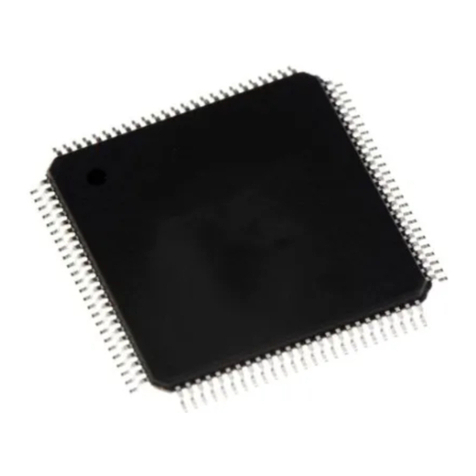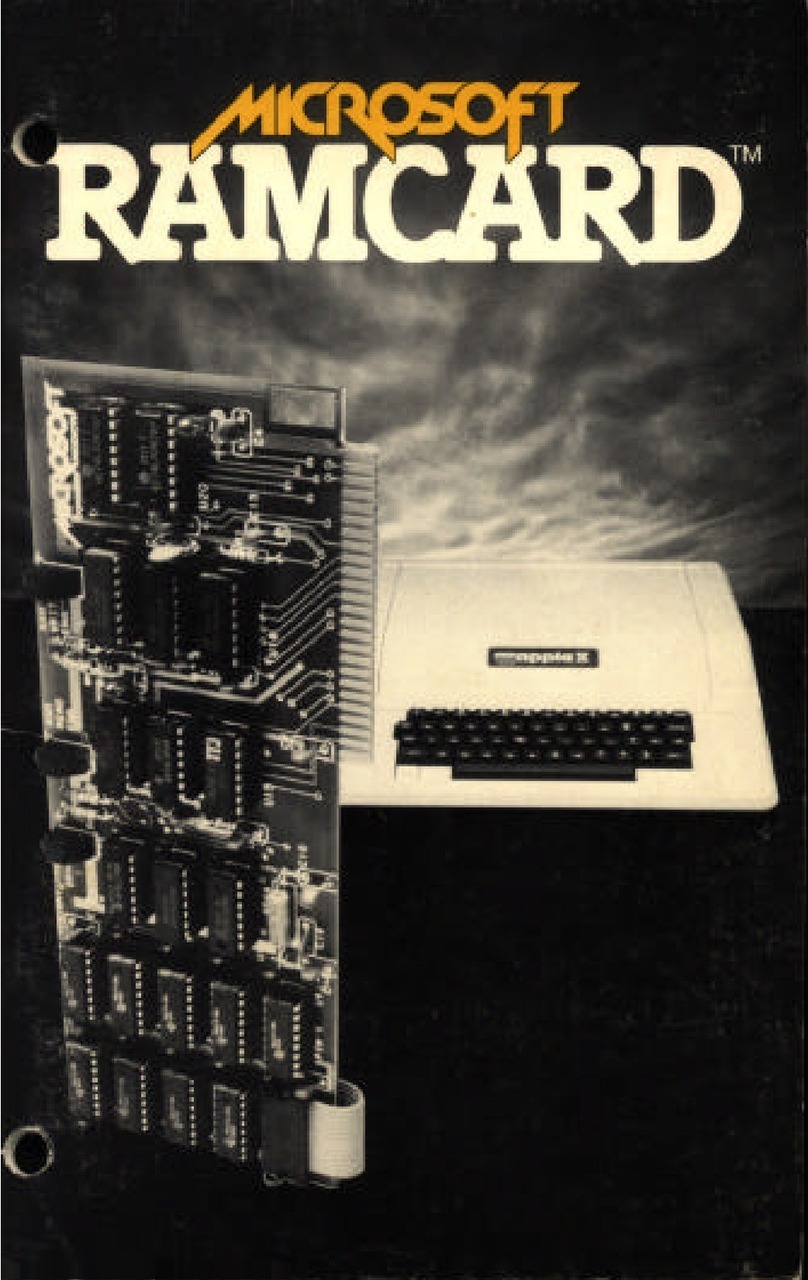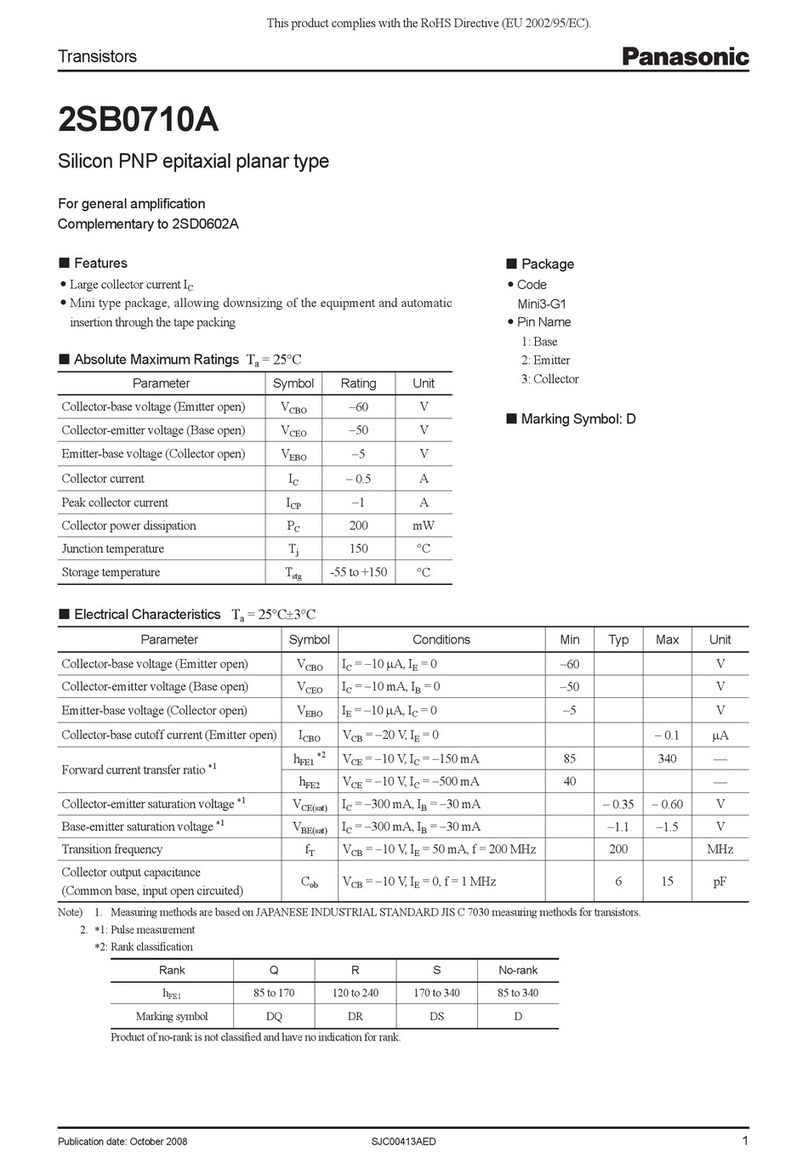FM Systems FMR622S User manual

FMR622S
DUAL NARROW BAND
SLIDING DE-EMPHASIS DEMODULATOR
INSTRUCTION BOOK
IB 1222-22

TABLE OF CONTENTS
SECTION
1.0 INTRODUCTION
2.0 INSTALLATION & OPERATING INSTRUCTIONS
3.0 SPECIFICATIONS
4.0 FUNCTIONAL DESCRIPTION
5.0 MAINTENANCE
6.0 TUNING PROCEDURES
COMPONENET LOCATOR
APPENDIX B

1.0 INTRODUCTION:
GENERAL DESCRIPTION
The FMR622 is designed to receive one of the stereo audio programs
delivered by satellite as narrow-band frequency modulated sub carriers, normally
above video, on selected transponders, such as fine arts radio WFMT on Satcom 3,
transponder 3, or programming like TV Super station WGN in Chicago. This system
incorporates standard complimentary dynamic range expansion to optimize the
signal to noise ratio by a sliding frequency cut-off (variable de-emphasis process).
The program output is Base-band Audio, with separate balanced outputs for left and
right channels.
2.0 INSTALLATION AND OPERATING INSTRUCTIONS:
Remove the unit from its shipping container and inspect for shipping damage.
The FMR622S is usually shipped already mounted in a PMS610 panel (1-¾” high x
19” standard rack width). The FMR622S is mounted in a PMS610 mainframe power
supply, if you have purchased a separate FMR622S module to be installed in an
existing PMS610, refer to Appendix B of this instruction set for the installation
procedure.
Connect an RG59U cable between the “COMPOSITE” output of the satellite
receiver and the “SUBCARRIER INPUT-IN” on the rear of the FMR622S. Terminate
the “SUBCARIER INPUT-OUT” with 75 ohms, either a resistor, or looped through
into another unit with 75 ohms resistive termination. Rotate the subcarrier “SQ”
(Squelch) control (at the front panel on the left side) fully clockwise with a small flat-
blade screwdriver. When the satellite receiver is tuned to a channel that contains
subcarriers at the frequencies the FMR622S is set for, the green “SUBCARRIER-
ON” LED on the front panel will come on. This indicates that the sub carriers are
being received. In order to block noise on carrier loss, rotate the “SQ” control counter
clockwise until the sub carrier “ON” LED is fully illuminated.
Audio output (FMR622S only), separate left and right: Connect the low
impedance output to any load of 600 Ohms (resistive) or higher, preferably balanced,
although unbalanced loads will perform satisfactorily. The output level is 0 dBm at
average program level, +10 dBm at 100% modulation.
FMR622Sisb page 1 of 8

3.0 SPECIFICAITONS:
SUBCARRIER INPUT (DUAL): SPECIFICATION
Frequency Range 4.5-8.5 Mhz Fixed (specify)
Deviation +/- 50 Khz or +/- 25 Khz (specify)
Impedance Loop Through on 75 Ohm Line
Level 30-300 mV p-p
Squelch Adjustable (front panel)
Carrier Indicator Green LED (front panel)
AUDIOOUTPUT
Processing Sliding De-Empasis
Frequency Response 40Hz - 15 Khz +/-1 dB
Harmonic Distortion Less than 1% (0.2 % Typical)
Audio Output Level 0, +4, +8 dBm APL (Specify)
MECHANICAL
Power -24 VDC @ 120 mA (PMS610)
SIZE & MOUNTING:
This unit requires 1/3 FM Systems, PMS610 mainframe power supply, which
fits into a standard 19” wide rack with 17 13/16” between mounting rails, 1 ¾” high,
10 ¼” deep. The other 2 spaces in the PMS610 accommodates additional FM
Systems 600 series modules. The compact power supply in the PMS610 does not
require a separate module location, as it is beside the three module locations.
4.0 FUNCTIONAL DESCRIPTION:
INPUT:
Where the subsections are dual, the description will be of the left channel only,
except where the right channel differs, Adjustment of the controls is covered in
Section 6., Tuning Procedures.
FMR622Sisb page 2 of 8

INPUT Q1:
The subcarrier input band pass filter consists of C101-107 and L101-104,
which may be tuned to any subcarrier frequency. Transistor Q1 couples the output of
the filter to the relatively low input impedance of the limiter in U1.
LIMITER AND DEMODULATOR, U1:
U1, with associated external components, is a complete signal limiter and
demodulator, with automatic fine tuning and adjustable squelch with indicator LED.
LPF, U3:
U3, with C126-128, L108 and R125-127, is a 15KHz low pass filter with low
output impedance to drive the following section.
SLIDING DE-EMPHASIS, U4, U5, U6, AND Q5:
U4 is a precision rectifier, used to control the output drive impedance of U5 into
C141 such that the variable de-emphasis curve tracks the signal level appropriately.
Adjustments for through level and de-emphasis provide precise tracking to
accommodate production component tolerances. U5 provides a low impedance drive
for negative feedback to stabilize the gain and operating point of U5 at low
frequencies. U6 provides 10 dB of gain and buffers the high output impedance of U5
and C141 to feed the following stages.
AUDIO OUTPUT, ½ U7 & U8:
One half of U8 provides the 75 microsecond de-emphasis for the base-band audio
output, and is used to set the drive level to U8, a semi-floating fully balanced audio
output stage. U8 provides approximately 10dB of voltage gain, and is capable of
driving loads of 600 Ohms or more, either balanced or unbalanced. When running
unbalanced loads, the unused output terminal must be grounded, just as with a
floating transformer coupled output.
VOLTAGE REGULATORS, U15, Q2, Q12, & Q16:
U15 is a three terminal voltage regulator, set to -18 VDC. All power used In the
FMR62S passes through U15, essentially eliminating any fluctuations due to
variations of the -24 VDC supply. Most of the unit operates directly from -18 VDC,
although U1 & U11 operate from -12 VDC, regulated by a zener diode D101 and
buffered by Q2 & Q12.
FMR622Sisb page 3 of 8

5.0 MAINTENANCE:
No routine maintenance is required. However, you may wish to check the
audio output amplitude periodically to verify that the FMR622S output is normal. It is
recommended that the FMR622S not be re-adjusted in the field. All other
adjustments require specialized test equipment. In order to avoid degrading the
overall performance, do not adjust any control in the FMR622S “By ear”. In the event
of a malfunction of the unit, please contact the factory. We will generally recommend
that the unit be sent to the factory for repair and recalibration. However, if repair in
the field must be accomplished, basic re-adjustment procedures follow in Section 6.
6.0 TUNING PROCEDURES:
SUBCARRIER TUNING
There is no requirement it “touch-up” the tuning of the sub carrier input circuitry
and the factory strongly suggest that no adjustments be made except when there is
a need to tune new sub carrier input channel frequencies. In this case, we
recommend that the unit be returned to the factory for retuning. If circumstances
require that the retuning be done in the field, the following procedure may be used:
TEST EQUIPMENT REQUIRED:
A. Deviation Meter. D. Distortion Analyzer.
B. FM Generator E. Audio Sine-wave Generator.
C. Oscilloscope.
TUNING OF THE BANDPASS FILTER:
Connect the FM generator, set the approximately 1 Vp-p at the required sub
carrier frequency to J2 (sub carrier input). Connect the scope probe to J1 (sub
carrier out) and terminate with 75 Ohms. Adjust C101 (left channel, C201 for right
channel) for best null at center frequency. Adjust the FM to +/- 300 Khz deviation
with 50 Hz audio.
Calibrate the scope to 50 KHz per horizontal division (deviation and horizontal
deflection derived from audio generator). Adjust the horizontal position so that the
desired subcarrier center frequency aligns with the centerline of the oscilloscope.
Connect the scope probe to C109 at the junction to R105 (C209 & R205 if right
instead of left channel).Adjust C104 and C105 (left, C204 & C205 if right channel)
for maximum amplitude and peak flatness throughout the range encompassed by
the desired center frequency +/-65 KHz. With 130 KHz “flat” pass band.
THIS COMPLETES THE BANDPASS FILTERALIGNMENT.
FMR622Sisb page 4 of 8

TUNING OF THE DISCRIMINATOR:
The discriminator is automatically fine tuned to the sub carrier frequency. However, if
the sub carrier frequency has been changed more than 1 MHz, it may be
advantageous to optimize the THD (Total Harmonic Distortion) by adjusting C115 &
C215. Connect the audio generator, set to 1000Hz, to the external input of the FM
generator. Connect the RF output of the FM generator, set the desired subcarrier
frequency, to the RF input of the modulation meter. Connect the demodulated audio
output of the modulation meter to the audio input of the distortion analyzer.
Connect the output of the distortion analyzer to the vertical input of the
oscilloscope. Connect the auxiliary output of the signal generator to the external
trigger input of the oscilloscope. Adjust the 1KHz level to cause a subcarrier
deviation of +/- 50 KHz as measured on the 100 KHz scale with a 3 KHz band-pass
selected.
Measure the THD of the audio oscillator FM generator combination. It should
be less than 0.5%, if not, do not attempt to reduce the FMR622S demodulator
distortion, as the adjustment may add distortion in an attempt to cancel that of the
test equipment. If the THD of the test equipment measures better than 0.5%,
connect the RF output of the FM generator, set to 30mV, to the sub carrier input of
the FMR622S. Terminate the subcarrier output with 75 Ohms.
Connect the input to the distortion analyzer to the wiper of VR131 (Left),
(VR231), if right channel. The audio level should measure within 3 dB of 0 dBm (1.5
to 3 Vp-p. Adjust C115 for minimum THD, it should be better than 0.7%
TUNING THE DE-EMPHASIS:
The de-emphasis tracking adjustments must be done on both channels if either
is adjusted, to assure that the two are identical. These adjustments can be
satisfactorily accomplished only with sufficient instrumentation, please attempt them
only if you must.
The FMR622S utilizes a sliding de-emphasis circuit, which complements that
at the modulator. At 100% modulation the circuit frequency response is essentially
flat. The circuit responds to program level by increasing the de-emphasis as the
program level drops. There are two tracking adjustments in each channel of the
FMR622, the first is to set the low frequency through level to a standard, the second
is to set the high frequency through level to the same level at 100% modulation.
The standard through levels must be identical on each channel for optimum
stereo separation and frequency response, these levels will change if the sub carrier
frequency is changed, necessitating retuning the de-emphasis as follows.
FMR622Sisb page 5 of 8

Modulate the sub carrier 100% (+/-50 KHz) with 50 Hz. Measure signal level at
U6 (7). Adjust VR131 for + 10 dBm output. Switch the modulating frequency to 15
KHz, verify that sub carrier deviation remains +/- 50 KHz. Adjust VR133 for +10 dBm
output from U6. Verify that the circuit is functional by switching the modulating
frequency to 2 KHz at 10% sub carrier deviation (+/-5 KHz), The output of U6 should
drop to -21 dBm (a 31 dB drop from 100% modulation).
AUDIO OUTPUT LEVELAND BALANCE:
There are two output adjustments. The first is to balance the tip and ring (T&R)
levels, the second is to set the output level to a standard, generally +10 dBm into a
balanced 600 Ohm load at 100% modulation.
A convenient way to balance the T&R levels is to connect two precision 1%
300 Ohm resistors in series to make a center tapped 600 Ohm lead. Modulate the
subcarrier 100% with 1 KHz. Monitor the signal level at the junction of the two load
resistors and adjust VR156 for the best null. Check levels at T&R, then should be
identical. Connecting either T or R to ground should increase the level of the
opposite terminal by 6 dB +/- 1 dB. Connecting the center tap of the load to ground
should have no effect on the level.
APPENDIX B
PMS610 MAINFRAME AND POWER SUPPLY INSTRUCTIONS
The PMS610 is a mainframe power supply for mounting FM SYSTEMS 600
series equipment. Up to three circuit board modules may be accommodated. These
600 series modules may be readily installed in the field with common hand tools, no
soldering is required.
MOUNTING AND SIZE: Fits Standard 19” wide rack. 1-¾” H x 10-¼” D.
CAPACITY: Up to three FM SYSTEMS 600 series modules.
POWER: 105-125 VAC 50/60 Hz 0.4 A input, 3 way Plug.
CONNECTORS: Through-hole access on the rear panel.
WEIGHT: 4 lbs. minimum, 9 lbs. fully loaded.
FMR622Sisb page 6 of 8

TO INSTALLAN ADDITIONAL MODULE:
Select which of the three positions that will be occupied by the new circuit
board module. Remove the mainframe from the rack and disconnect the power.
Remove the bottom cover, and the #4-40 x ¼” mounting studs adjacent to the new
modules location from the mainframe. Remove the appropriate rear panel connector
cover (blank) from the mainframe. Then remove the appropriate front panel
“nameplate” blank from the mainframe.
Install the new circuit board module with the components toward the top cover.
Take care to avoid moving any of the pre-set controls (just a slight change can cause
the unit to malfunction). Slip the connectors through the holes in the rear panel and
drop the front edge of the circuit board onto the brackets attached to the front panel.
Install the two 3/8” lock washers and the two 3/8-32 nuts on the outermost “F”
connector barrels. Gently tighten the nuts while holding the circuit board against the
front mounting brackets. Next install two #4-40 x ¼” studs and the lock washers to
secure the front of the board to the mounting brackets.
Remove the top over from the mainframe. Connect the negative DC supply to
the new circuit board from the PMS610 power distribution wire. 0.025” square
connector pins are used, usually connected to a multiple jumper daisy chain
(provided) with mating female connectors which connect from one circuit board to
the next. Power supply return is through the chassis.
Push any L.E.D.'s (Light Emitting Diodes) straight into the appropriate
mounting holes. (See instructions for the particular module being installed). Insert
only until the dark collar around the colored LED is flush with the front panel, the
collar must not protrude, in order to avoid interfering with the new nameplate.
Mount the new front panel nameplate (Furnished with the circuit board module
being installed). Temporarily set the new nameplate in place and check that all
necessary cutouts are clear. Remove the paper peel coat from the adhesive backing
of the nameplate, then slide the nameplate down around the L.E.D.'s onto the panel.
Press gently to set the adhesive.
Mount any additional panel components (switches, meters, potentiometer, etc.)
with the hardware supplied. Gently tighten the fastener to secure the components,
do not over tighten the hardware.
Mount the new rear panel connector identification strips as illustrated in the
instruction book for the particular module being installed. Connect input, output, and
power cables. The green “POWER ON” indicator should be illuminated. Set any
internal controls as required.
FMR622Sisb page 7 of 8

CAUTION:
Most circuit board modules have several adjustments which are carefully
factory set with precision instruments for optimum performance. Change only those
which must be adjusted, some controls when mis-adjusted produce little change
under normal operating conditions, but can seriously reduce the ability of the unit to
function correctly under other conditions which may be encountered. Therefore, if
you must adjust a control, place a mark on it before moving it, so that it may be
returned to its original setting with reasonable accuracy.
Disconnect power. Replace the top and bottom covers and mount mainframe
to rack. Reconnect power and check for normal operation of each module.
COMPONENT LOCATOR:
FMR622Sisb page 8 of 8
Table of contents
Other FM Systems Computer Hardware manuals
